
After many winter runs, my fingers resemble these ivory candles. Just substitute fingernails for wicks.
If the folksy aphorism, “Cold hands; warm heart” is true, my blood-pumper must be a blast furnace. Like many runners, especially XX ones, I suffer from Raynaud’s disease, a condition that makes parts of the body (especially hands and feet) go cold, numb, and pale in response to cold or stress. If I’m not hyper-vigilant, my fingers can look like cream-colored candles for hours after a frosty run. More distressingly, my hands are either numb and clumsy or painful and tingly, too.
To save other mother runners (and myself!) from the discomfort of Raynaud’s, I collected antidotes and preventative measures from other cold-clawed runners. Some of the dozen suggestions obvious (hello, mittens!), others more inventive.
PRE-RUN
Steer clear of caffeine. Several gals, including Eileen, told us on Facebook that they’ve found eliminating java helps keep extremities a bit more flush.
Give ’em a blast of heat. Starting off with toasty extremities helps stave off discomfort later, so run hot water over your hands and feet (then dry them off) or carefully hold them over the stove. (I have a gas stove, and my hands get very warm when I hold them a 12”-18” above a medium flame. But, seriously, be cautious and vigilant.)
Lube ’em. Jill swears by slathering on a “very heavy hand cream with a beeswax base to create a barrier” before she pulls on gloves or mittens. Assuming same would work on the footsies.
DURING
Gloves, then mittens. While I wear capris, not tights, all winter, I sport gloves even when the temperature is closer to balmy than freezing. And when the mercury drops below about 35, I switch to mittens, allowing my digits and palms to make their own private biosphere. Many mother runners told us they wear two pairs of gloves.
Slip in hand warmers. These chemical packs are the trusted tools of countless mother runners, according to suggestions solicited on our Facebook page. Best worn in mittens, obviously, and bought in bulk at Costco. Great $-saving tip from Karen: Put hand- or foot-warmer in Ziploc bag after run to be able to re-use it. (They work by being exposed to air.)
Wear arm warmers or compression socks. This tip comes to us from Jen, who reminded us the promoting circulation to the extremities is key.
Sport an extra layer and a hat. Keeping the rest of your body sufficiently warm, helps “prevent spasms in the extremities,” wrote certified athletic trainer (and mother runner) Ali.
Chill. As in, try to stay relaxed around your neck and shoulders, and don’t clench your hands. JoAnn, a Raynaud’s sufferer in Minnesota, says she shakes her hands out a lot on runs.
POST-WORKOUT
Do a quick change. School prep and carpool often mean a delayed shower, but I change out of my wet top(s) and sports bra almost as soon as I untie my kicks. For this small-busted mother runner, I usually just strip bare to the waist in our front hall, then put on a fleece jacket. Whatever works for you, but I’ve found getting out of sweaty sports bra is key to keeping my hands flesh-colored, not waxy. Take a shower or hot bath as soon as schedule allows.
Have a (decaf) cuppa. Coffee, tea, or chai: Serve yourself your hot drink of choice for a two-fold effect. The beverage warms you up from the inside out, while grasping the hot mug brings relief for your mitts.
Shake ’em out. Once I start to lose feeling and color in my hands, I pretend like my arms are enormous thermometers: I whip my hands downward from my elbows toward the floor—as if I’m trying to drive mercury back down into the bulb of an old-fashioned thermometer. (Am I dating myself with this analogy?!) The force of the whipsaw motion forces blood down my forearm and into my hands. Christy swears by, “big arm circles.”
Alternative treatments. Katie, a massage therapist, swears by connective tissue massage. She’s had great success with it on a client suffering from Raynaud’s. Other longer-term solutions some sufferers find effective are biofeedback and acupuncture.


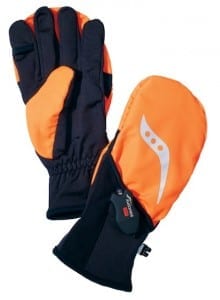

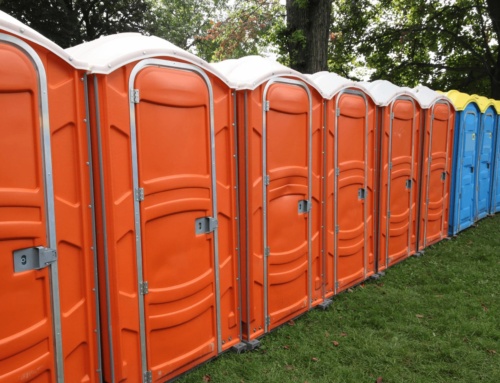
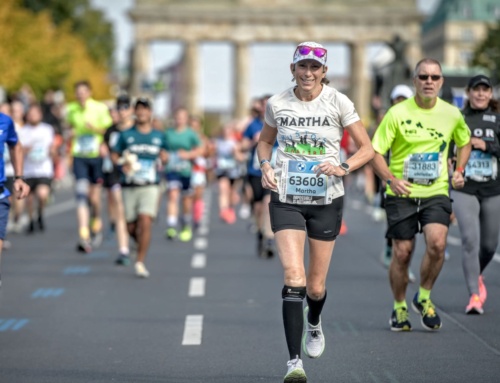
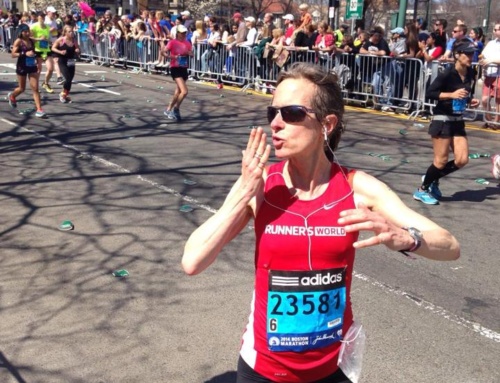
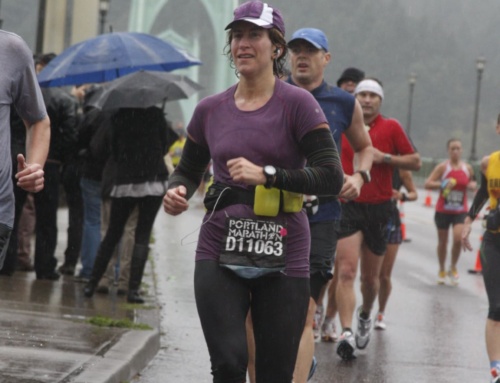
These are SO helpful! I never thought about wearing my compressions sleeves under my long sleeve in the winter to help with the circulation. I’ll also try the heavy lotion and/or beeswax barrier before I head out! Thank you!!
I too suffer from this condition! For a while it was only in my hands but I am certain it effects my feet now. Although I have not tested out this yet, maybe today, I put duct tape across the top of my shoes to try and block the cold air from getting to my toes. I am hopeful that it works!
Great suggestions for warming up your digits! Yesterday was my first run of the season in 5″ of snow here in MI. Keeping my feet dry is the key to winter running comfort. Last year I invested in a pair of Brooks Gore-Tex running shoes. Pair those with Smart Wool or thick ski socks and my feet stay dry and toasty all season – no matter how long we’re outside running in the snow. Oh…my hand suggestion? Don’t use a hand-held water bottle in the winter. I find that it instantly chills me. Either shove it into a pocket that won’t flop around too much, or wear it around your waist.
I have had this for years, but always worse in my feet than hands. Usually feels like I’m running with rocks in my shoes! Anyway, all advice above is great, but I’ll add that as soon as temps start to dip and the raynauds starts, I start taking a baby aspirin a day, if you have no contraindications for doing so, it helps quite a bit.
Football socks!!! Cheaper than compression socks and sooo warm that my cold-sensitivity doesn’t even get to me. I wear them on my arms, I wear them on my legs
I guess I’m not alone out there! Great post. I’ve suffered from Raynaud’s for years but each year it gets worse. I’ve been sadly thinking I’d have to give up outside winter running and stick to the treadmill. I will try some of these tips. I have found it best to warm up slowly though and not hit a hot shower right away as the change in temps often sparks a severe attack- typically 3-4 fingers of each hand turn white as snow with the palm a purplish blue, then I go through an hour or so of pain, tingling, numbing, non -functional mitts as hands! Still very sickly looking when I arrive at work and freak my co-workers out… Thanks for the tips.
I feel bad for those of you who suffer with Raynaud’s. My MIL has it and I see what she goes through all winter long. She’s not a runner. But, she might be able to use some of these ideas just in her daily routine. So, thanks! I’ll pass them along!
I’m lucky. I only need 1 pair of gloves (not even mittens) to get me through a cold run. My hands will, at times, even get hot and sweaty mid-run if the gloves I choose are too fleecy/warm. Don’t hate me.
Thank you! I too suffer from this. I 2nd the get out of the wet tops tip and the hot beverage. I will add heating hands first, the glove and mitten combo to my routine.
Thanks for the advice. I haven’t been diagnosed. However, I get tingly fingers when running, I make sure to shake out my hands and wiggle my fingers a few times during a run. (I live in Florida and haven’t experienced cold weather running. I have experienced it at the beach and have to get out of the water to warm up.)
I make little tiny rice bag warmers for my hands. I use mittens and keep the rice bag in my palm. It’s kind of awkward, but my hands don’t get cold. I haven’t been able to solve my cold feet problem, though. So I am hoping some of these ideas help!
I wear the hot pads on top of my socks (they last for 5 hours!) and for my hands, I wear gloves and cover them with fingerless gloves that have a mitten-flap. I love them and it helps tremendously. I am so happy to hear that there are others out there that suffer from this. I have issues when I am organizing my freezer too! And I need to wear gloves when I put groceries away. HA!
Any recommended beeswax based hand cream? Thanks so much for this post!
Great winter suggestions, but any for the summer months, especially for those of us running tris? This is a year round issue for me.
My Raynauds was solved by doing acupuncture! Haven’t had a problem with my fingers or toes in years!
I have raynauds…my toes were completely numb while running the Philadelphia marathon. usually it manifests in my fingers ( which were well protected!) but my toes were gone at the half. my doctor subscribes no caffeine (not ready to go there yet!). it definitely impacted my last thirteen miles:-(
I have faced raynauds for years. I lost my toes in my left foot after mile thirteen in the philly marathon…..my doctor prescribed less coffee. I haven’t been able to cut that out. and I suffered through the last thirteen miles, I even pulled over to try to warm them up! ugh!
I have this problem with my toes. It really sucks when running. Once it happens I can put my toes against the fireplace and they still take forever to warm up! I just keep running even though it is uncomfortable.
I know this is like, way late in reading this, but I heard about it on a podcast I was relistening too. I suffer from Raynaud’s really badly, and this will be my first winter where I am going to attempt to run outside for alot my runs as I’m training for a 10K on the Finish It plan, and then another 10K a couple months later using the Own It plan. I live in beautiful Utah, but it’s also REALLY cold sometimes. Thank you so much for this advice, I’m sure it’s going to help me!
Just experienced an event of Raynaud’s today after my 10 mile run in 35 degree windy weather. Took my gloves off the last mile because they were too hot.
Found this web site while researching this condition. I took a hot shower an massaged my fingers and the blood returned. Six of my fingers looked like your candles.
I am 75 years old and this was the first time
I experienced this condition. Thanks for your tips.
I have had severe Raynauds in my toes for 10 years. Grabber brand toe warmers, two in each shoe, has completely eliminated the problem. It’s a true miracle!!
My daughter is a distance runner, and she had an indoor track meet a few days ago. She has been telling me for a while that her hands have been going numb after a race, but I honestly did not think it was a big deal. I always tell her to shake them out. But after her race a few days ago, one of the trainers told her that it looked like she had Raynaud’s. I am waiting for her pediatrician to call me back as I am typing this. What type of doctor do you see for this disease? I am glad that you can still run with it, but how serious is this syndrome? I am literally terrified about it, and guilty that I didnt bring her to the doctor sooner!
I’m not a “Runner” but I do jog and walk (a lot) on a treadmill at least 5 days a week. The Raynauds kicks in after about 20 to 30 mins. on the treadmill. I have to stop, remove my shoes and shake my feet until the blood returns and they are back to a normal color. Im going to try the lotion and compression socks to see if that will alleviate the symptoms. Thanks for the ideals.
My raynaud’s disease is mostly in my legs and it also effects me during summer running. My legs have a hard time regulating extreme heat as well. And bruises/cuts on my legs from trail running also take longer to heal